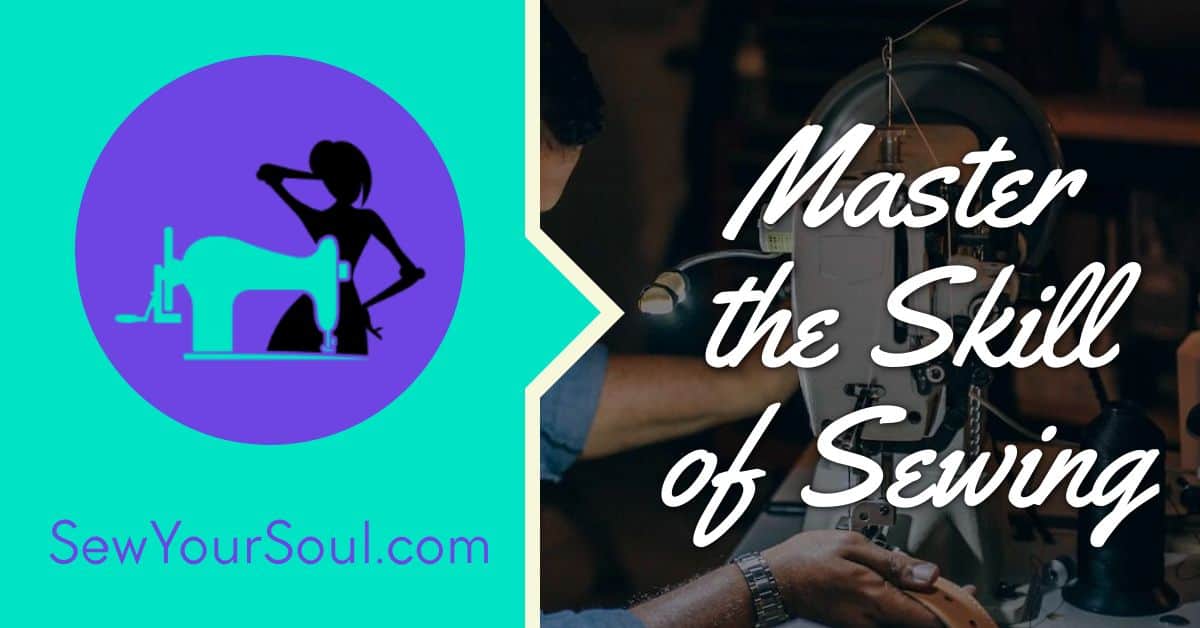Ever looked at your wardrobe and wished you could add a personal touch to your clothes? Sewing your own garments might seem daunting, but there are plenty of easy projects perfect for beginners. Whether you want to revamp an old T-shirt or create a simple skirt, you’ll find that sewing can be both fun and rewarding.
Benefits of DIY Clothing Projects
Creating your own clothes offers various advantages that go beyond just wearing unique pieces. DIY clothing projects can be financially beneficial and allow for personal expression.
Save Money
Sewing your own garments can significantly reduce clothing costs. Materials often cost less than finished products. For example, a simple dress pattern and fabric can cost around $20, whereas a similar dress in-store may be $50. Additionally, you save on alterations if you adjust garments yourself.
Personalize Your Style
DIY clothing projects let you tailor your wardrobe to match your fashion preferences. Customize fabric choices, colors, and patterns to reflect your personality. For instance, choose unique prints or add embellishments like embroidery to make each item one-of-a-kind. You won’t find any store-bought garments that match your creations exactly.
Essential Tools for Easy Sewing Projects
Starting with the right tools ensures your sewing projects are fun and successful. This guide covers essential tools to help you get started with easy sewing projects.
Choosing the Right Fabric
Selecting the right fabric is crucial for your project. For beginners, cotton fabric is ideal due to its ease of handling and wide availability. Cotton prints and solids make excellent choices for first projects. Knit fabrics offer comfort but can be trickier to sew. Fleece is great for warm garments but is bulky. If you’re making something lightweight, consider chiffon or silk-like fabrics, though these require more skill.
- Sewing Machine: Choose a reliable, user-friendly sewing machine. Look for basic stitch options, an automatic needle threader, and a top-loading bobbin. Brands like Brother and Singer offer good beginner models.
- Needles: Stock up on various sizes of sewing machine needles. Universal needles are versatile, while ballpoint needles suit knits. Use sharp needles for woven fabrics.
- Thread: Choose high-quality polyester or cotton thread. Match the thread color to your fabric or opt for a neutral color like gray if unsure.
- Scissors: Invest in a pair of fabric scissors. Avoid using them on anything other than fabric to keep them sharp. Also, keep small embroidery scissors for cutting threads.
- Tape Measure: Use a flexible cloth tape measure for measuring body dimensions and fabric lengths.
- Pins and Pin Cushion: Use sharp, fine pins to avoid damaging fabric. A magnetic pin holder or pin cushion keeps them organized.
- Seam Ripper: A seam ripper is essential for correcting mistakes. Choose one with an ergonomic handle for comfort.
- Iron and Ironing Board: Pressing seams and hems ensures a professional finish. Opt for an iron with adjustable heat settings.
- Marking Tools: Use tailor’s chalk, fabric markers, or water-soluble pens for transferring pattern markings. Always test on a scrap of fabric first.
- Cutting Mat and Rotary Cutter: For precision cutting, a self-healing cutting mat and rotary cutter are invaluable. Use these for straight lines and intricate cuts.
Having these tools at hand makes your sewing experience smoother and more enjoyable. Now you’re ready to create unique, personalized garments that reflect your style.
Popular Easy Sewing Projects for Beginners
You can start your sewing journey with fun and easy projects, adding a personal touch to your wardrobe without feeling overwhelmed. Here are some popular choices.
Simple Tote Bag
A simple tote bag is perfect for beginners. You need a medium-weight fabric, fabric scissors, a sewing machine, and basic sewing supplies. Cut two equal-sized rectangles for the bag’s body and smaller strips for handles. Sew the rectangles together at the sides and bottom, attach the handles, and you have a functional tote bag.
Basic T-Shirts
Creating a basic T-shirt helps you learn essential sewing skills. You’ll require soft, stretchy fabric like cotton jersey, along with a T-shirt pattern, fabric scissors, pins, and a sewing machine. Cut the fabric according to the pattern, pin the pieces together, and sew the sides and sleeves. Hem the bottom and sleeves to finish.
Comfortable Pajama Pants
Comfortable pajama pants introduce you to sewing clothing pieces and working with elastic. Choose a cozy fabric such as flannel, elastic for the waistband, and basic sewing materials. Use a pajama pants pattern to cut the fabric, then sew the front and back pieces together. Insert the elastic into the waistband casing, sew the waistband closed, and hem the pant legs.
These beginner-friendly projects help you build foundational sewing skills while creating practical, personalized items.
Tips for Successful Sewing Projects
Easy sewing projects can boost your confidence and skills quickly. Here are some essential tips to ensure success in your projects.
Reading Patterns Correctly
Accurate pattern reading enhances project outcomes. Always check the pattern size against your measurements. Understand symbols and instructions to avoid mistakes. Refer to the guide provided in the pattern for any unfamiliar terms or techniques.

Selecting Quality Materials
Choosing the right materials ensures durability and ease of sewing. Opt for fabrics appropriate for the project. For example, cotton for T-shirts provides breathability, while flannel works well for pajamas. Use quality threads to match your fabric, enhancing seam strength and appearance.
Conclusion
Embarking on easy sewing projects can be a fun and rewarding way to add unique pieces to your wardrobe. With the right materials and a bit of practice, you’ll find yourself creating stylish and comfortable clothes in no time. Remember to take your time with patterns and enjoy the process of learning new skills. Happy sewing!










